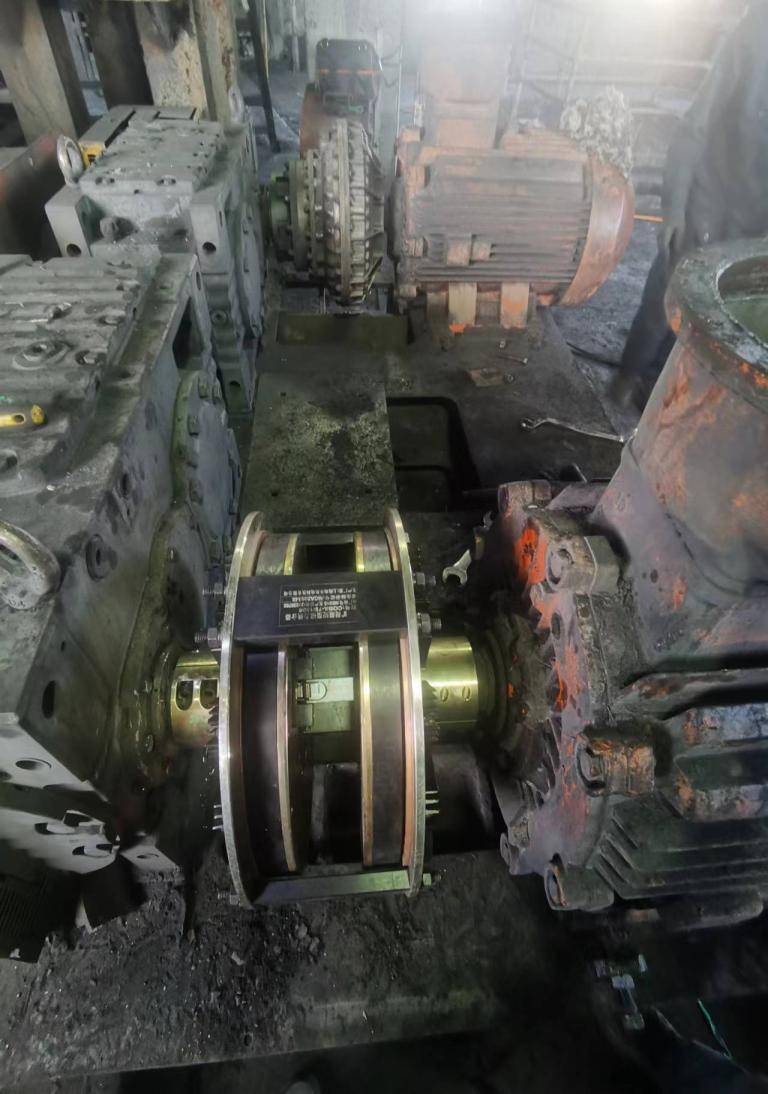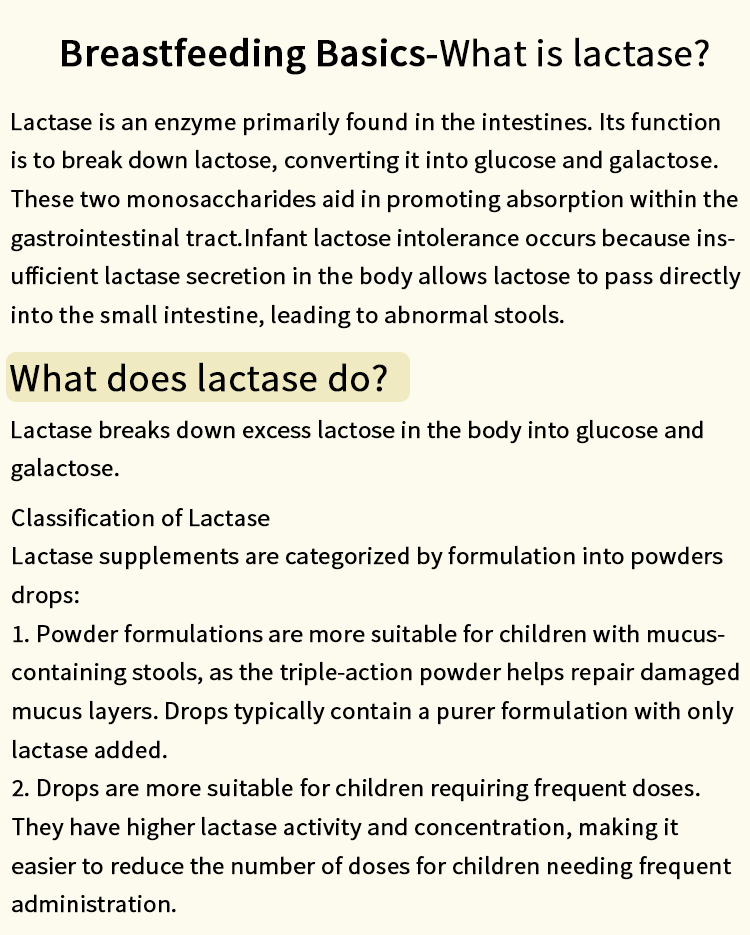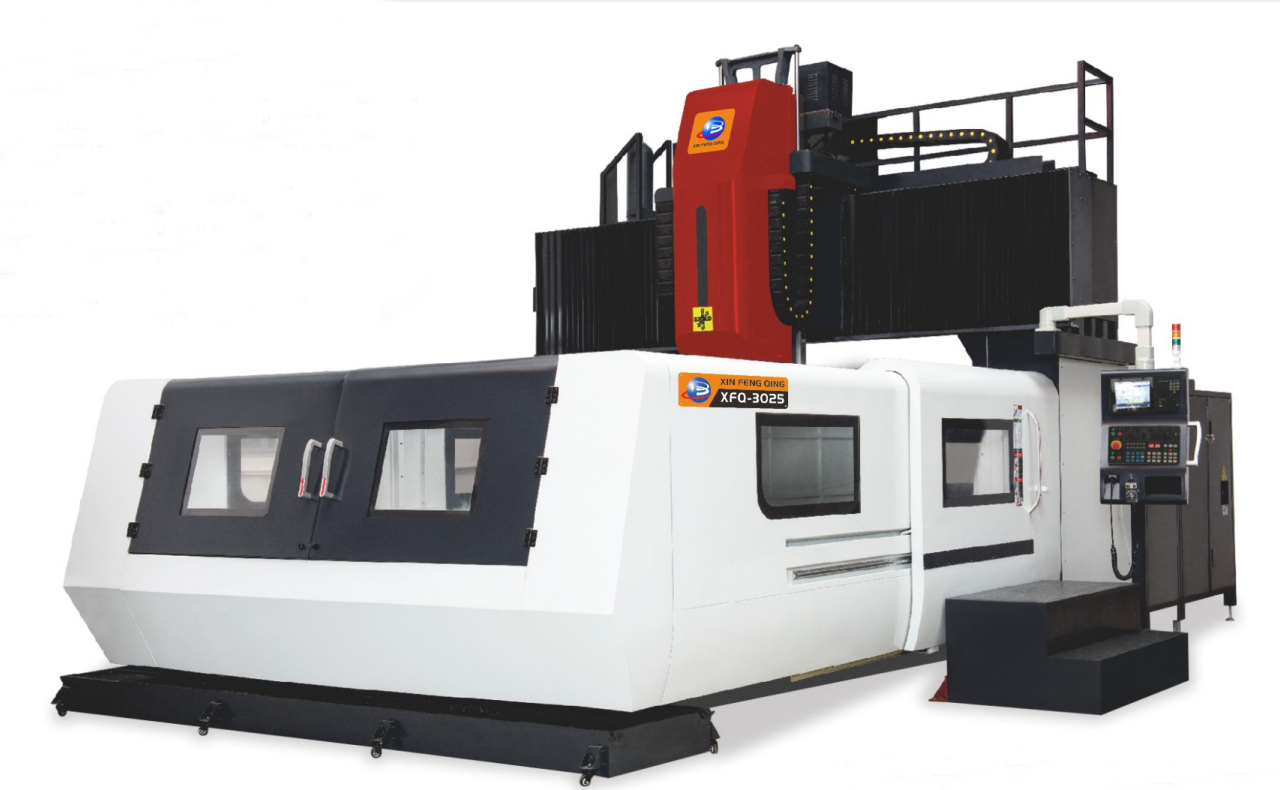When it comes to precision engineering and manufacturing, the spindle is a critical component that can significantly influence the performance and efficiency of machining operations. Choosing the right spindle is not merely a matter of picking a model off the shelf; it requires a thorough understanding of various factors that can affect the overall productivity and quality of your work. In this article, we will delve into the essential considerations for selecting a spindle, ensuring that your choice aligns with your specific operational needs.
Understanding Spindle Types
Before diving into the selection criteria, it's crucial to understand the different types of spindles available in the market. The primary categories include:
- Electric Spindles: These are commonly used in CNC machines and are known for their high-speed capabilities and precision. They are powered by electric motors and can be equipped with various tool holders.
- Pneumatic Spindles: Utilizing compressed air, pneumatic spindles are often lighter and can achieve high speeds. However, they may not provide the same level of torque as electric spindles.
- Hydraulic Spindles: These spindles use hydraulic fluid to generate power and are typically used in applications requiring high torque at lower speeds.
- High-Frequency Spindles: Designed for high-speed machining, these spindles are ideal for applications such as engraving and milling of hard materials.
Understanding the differences between these types will help you narrow down your options based on your specific machining requirements.
Key Factors to Consider When Choosing a Spindle
- Application Requirements
The first step in selecting a spindle is to assess the specific requirements of your application. Consider the following:
- Material Type: Different materials require different spindle characteristics. For instance, machining hard metals may necessitate a spindle with higher torque and lower speeds, while softer materials can be machined at higher speeds.
- Machining Operations: Whether you are milling, drilling, or grinding, each operation has its own spindle requirements. High-speed operations typically benefit from spindles that can maintain precision at elevated RPMs.
- Speed and Torque Specifications
The spindle's speed and torque ratings are critical for ensuring optimal performance.
- RPM (Revolutions Per Minute): Higher RPMs are essential for achieving fine finishes and efficient material removal rates. However, it is vital to match the spindle speed with the tooling and material being used.
- Torque: The torque rating determines the spindle's ability to handle cutting forces. High-torque spindles are necessary for heavy-duty applications, while lower torque may suffice for lighter tasks.
- Cooling Mechanisms
Effective cooling is vital for maintaining spindle performance and longevity. Spindles can be air-cooled or liquid-cooled, and the choice depends on the operational environment and the heat generated during machining.
- Air-Cooled Spindles: Generally simpler and require less maintenance, but may not be sufficient for high-load applications.
- Liquid-Cooled Spindles: More effective in dissipating heat, making them suitable for high-performance applications.
- Precision and Runout
Precision is paramount in machining, and the spindle's runout (the deviation from true rotational axis) can significantly impact the quality of the finished product.
- TIR (Total Indicator Runout): Look for spindles with low TIR values to ensure high precision in your machining operations.
- Compatibility with Tooling
Ensure that the spindle is compatible with the tooling you plan to use. This includes checking the tool holder type, taper size, and any additional features such as automatic tool changers.
- Budget and Cost of Ownership
While it may be tempting to choose the cheapest option, consider the long-term costs associated with maintenance, downtime, and replacement. Investing in a high-quality spindle may yield better performance and lower operational costs over time.
Conclusion
Choosing the right spindle is a multifaceted decision that requires careful consideration of various factors, including application requirements, speed and torque specifications, cooling mechanisms, precision, tooling compatibility, and budget. By taking the time to evaluate these aspects, you can ensure that your spindle selection aligns with your operational goals, ultimately enhancing productivity and product quality.




